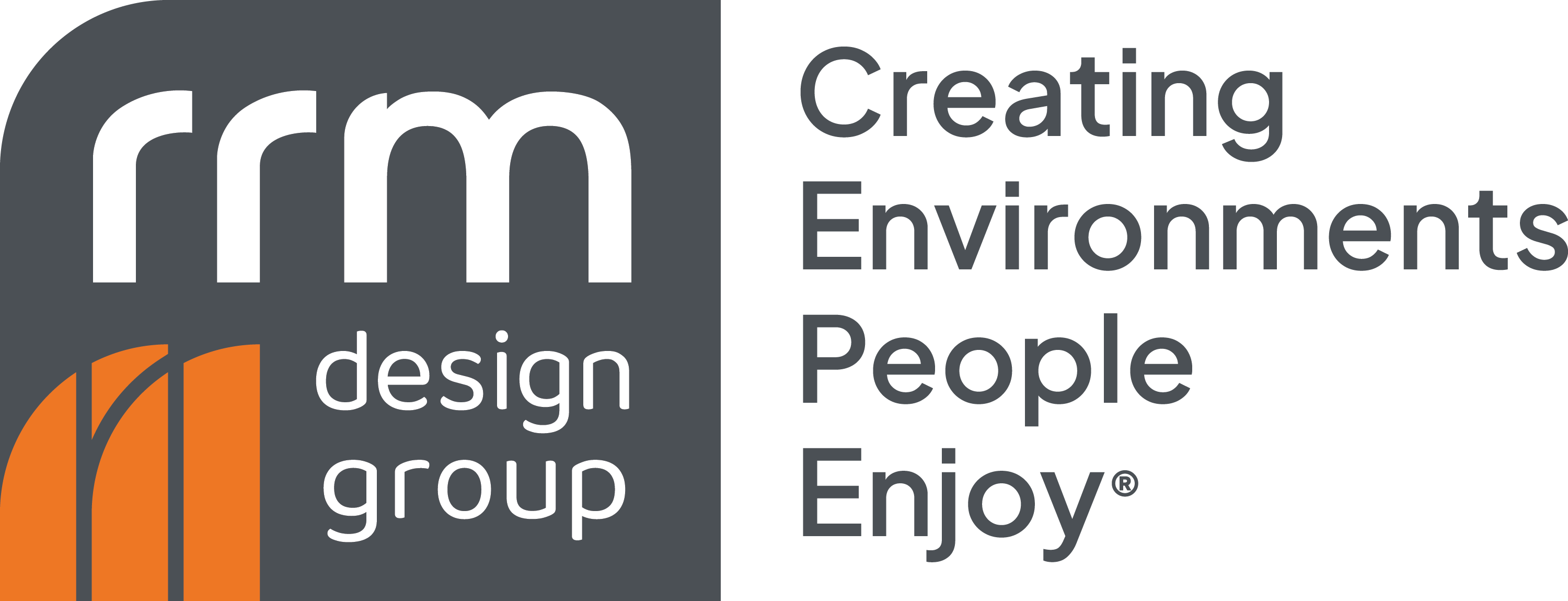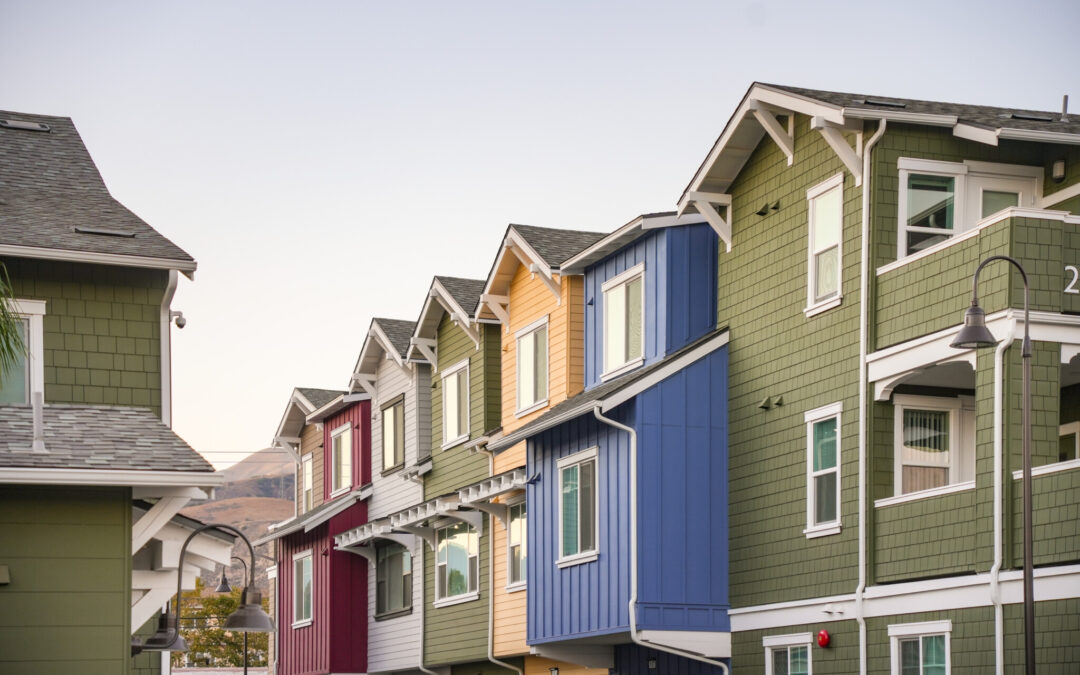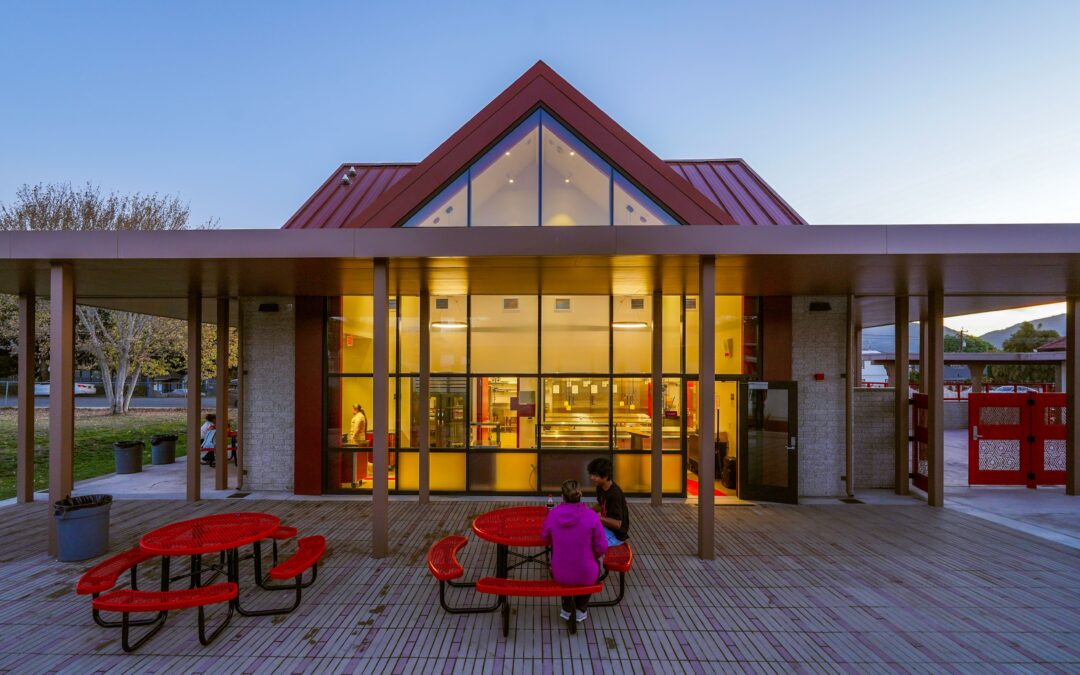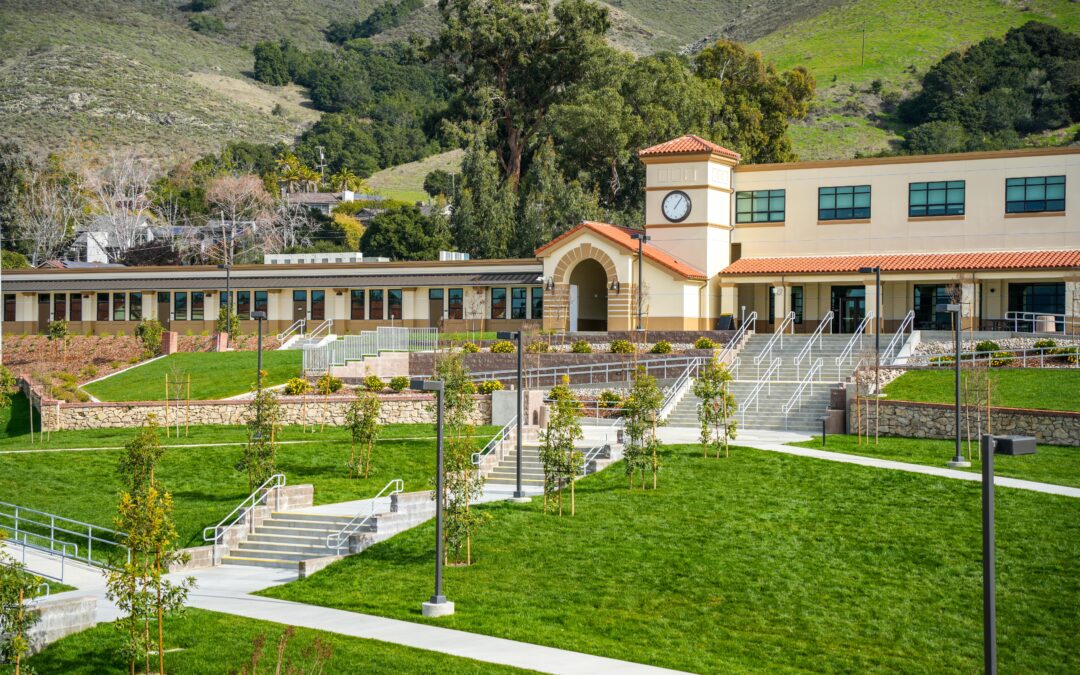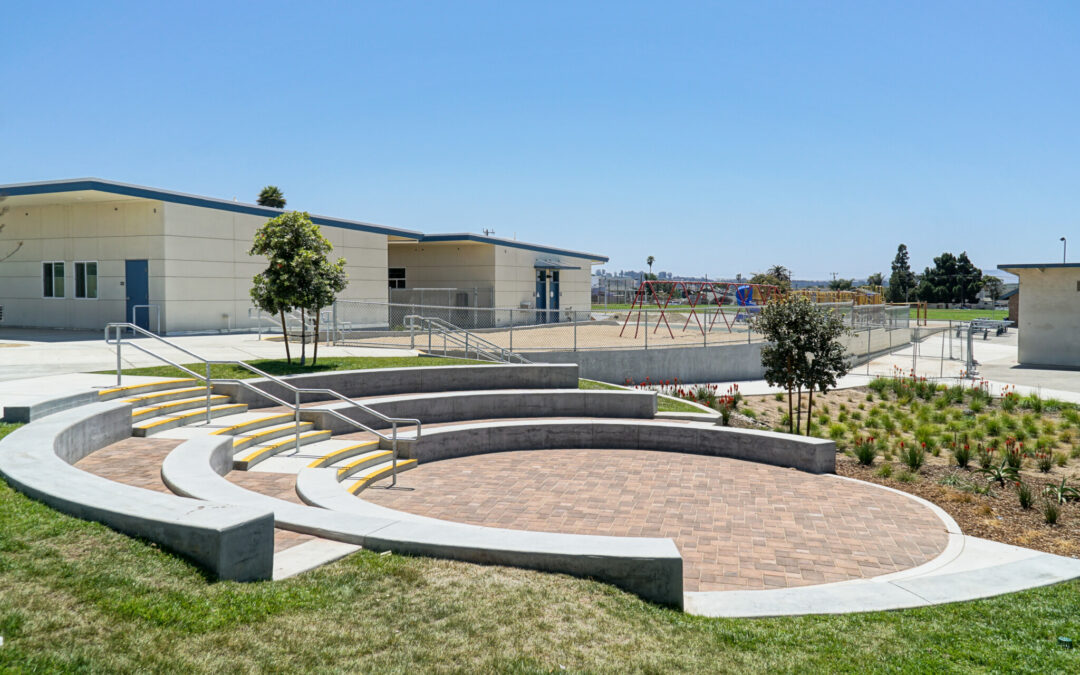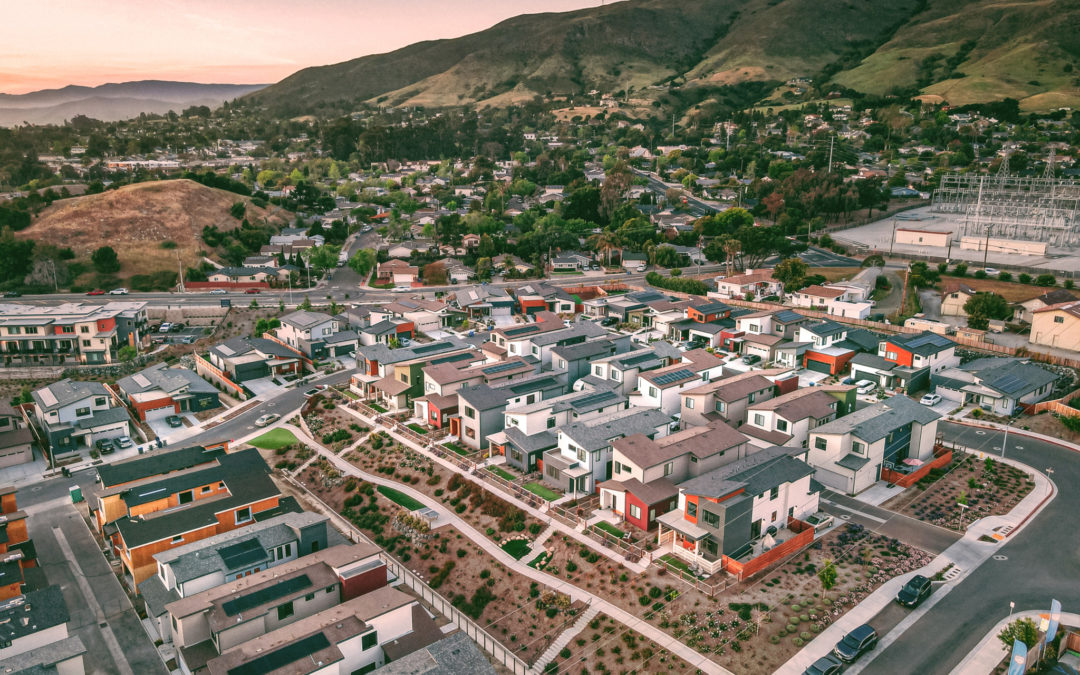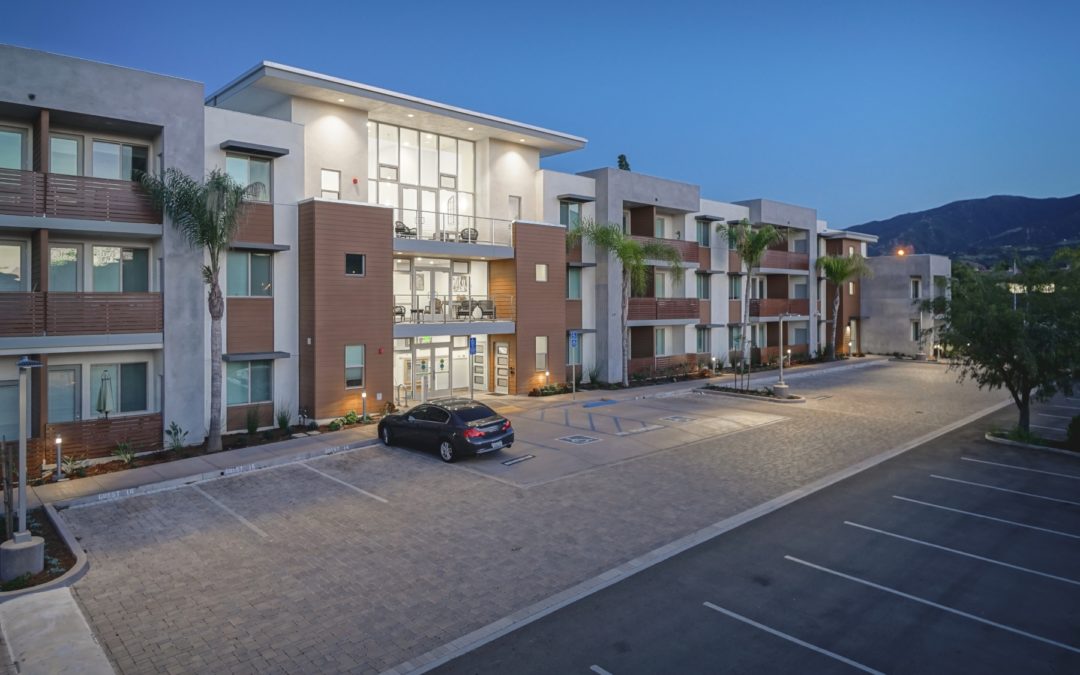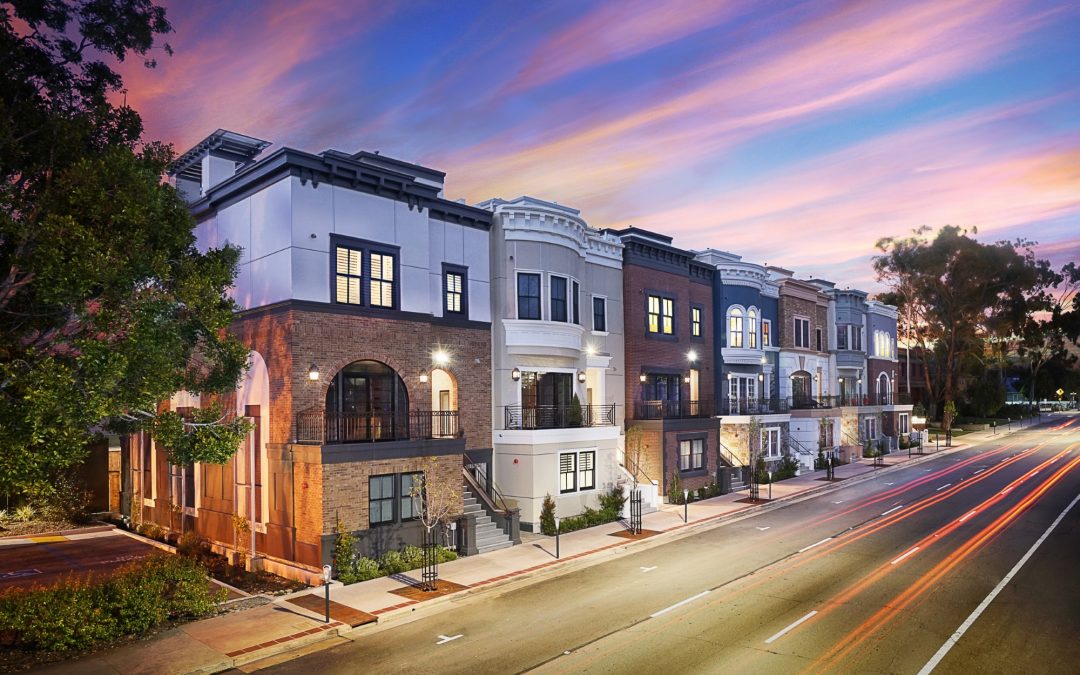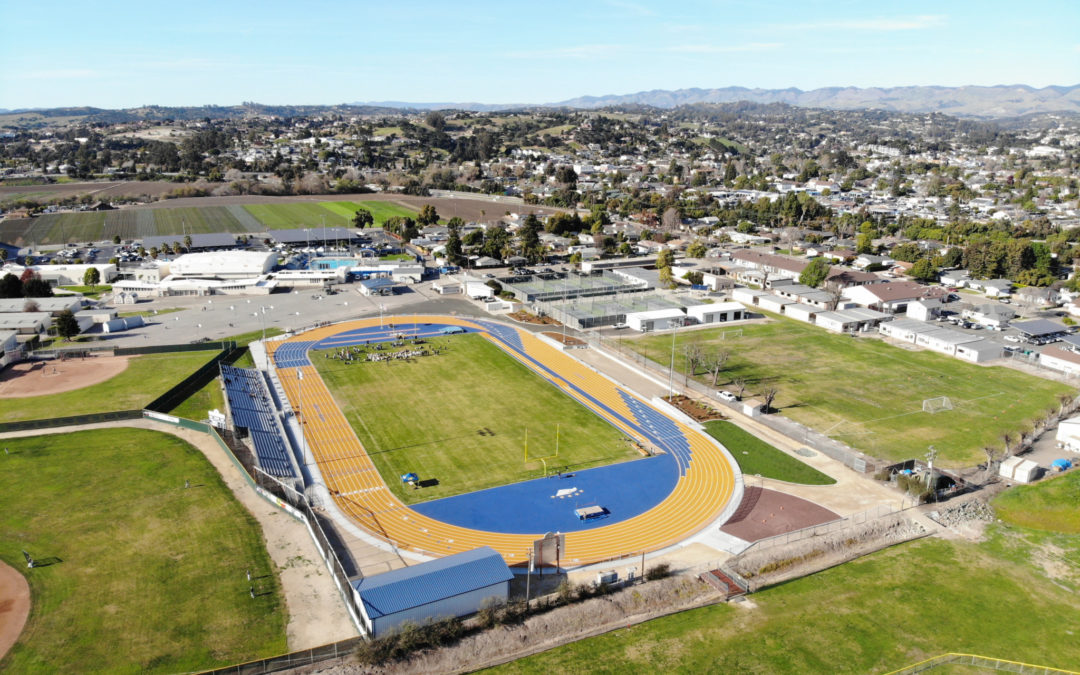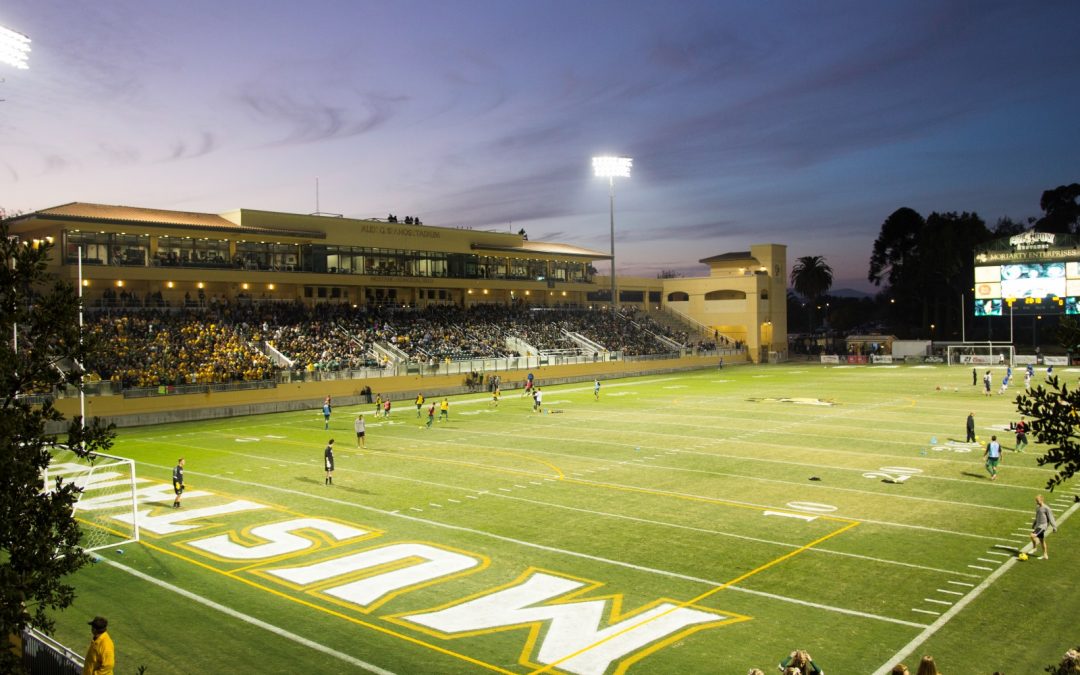Written by Elijah Pearce, Manager of Architecture in Santa Barbara
As part of our role in the development of affordable housing projects, we are often able to hear from those in the communities where projects are planned. While most residents are generally open to the prospect of new housing in their communities, many parties bring sincere concerns and fears about the addition of affordable housing to their neighborhoods. In response to these concerns, we try to keep an important fact in mind – affordable housing is not just a benefit to those living under its roof, but it might just be the best neighbor a community could ask for.
LOCAL ECONOMY
One common concern we hear is that affordable housing might decrease local property values. For many, whose home represents their largest accumulation of wealth, a new development that may negatively impact property values is certainly a worthy concern. Luckily, research shows that affordable housing has an insignificant effect on local property values and, particularly in poorer areas, may even help property values.
While property values may be the most talked-about economic impact of affordable housing, it is far from the most significant. A typical project represents millions of outside dollars being invested into a community. During construction, that money flows to local construction tradespeople, manufacturers, and suppliers. The financial benefits do not stop once the project construction is completed; a typical new affordable housing project brings new jobs in terms of supportive services staff, maintenance, and property management. The biggest impact, however, may come from the residents themselves. Dozens of families find they no longer must spend the majority of their income on housing. Every month hundreds of additional dollars are freed up that can now be spent at local stores, shops, and businesses. They can finally afford to get new tires on their car from the local repair shop, school clothes for their children, and maybe some extra vegetables from the corner market.
Alongside more reasonable rents, affordable housing is also some of the most energy-efficient housing on the market. At RRM, we have been very proud to be part of several LEED Gold and Platinum affordable housing projects. With smart design and strategic investments in renewable energy production, these projects shave thousands off utility bills. This is great for the residents, but it is also a big win for the community – lowering demand on local utilities and keeping more dollars available to be poured right back into the community.
COMMUNITY HEALTH
This past year has highlighted how community health is an issue that affects us all. Affordable housing plays an important part in the health of a community by providing safe and healthy homes for its residents. Many residents move from very poor housing conditions where exposure to hazards such as lead paint are all too common (1). At RRM, we are intentional about the materials that we specify in our projects to ensure they are non-toxic and do not off-gas harmful chemicals. Also, affordable rents and tenant occupancy limits eliminate overcrowded living spaces that can be hot spots for infectious diseases (1). These measures help provide children with a safe place to grow up.
LOCAL SCHOOLS
Affordable housing can also help the community at large through the school system. Research shows that students who have frequent school changes are hurt academically. This makes sense; however, what may be less intuitive is that the classmates of these transient students are hurt as well. Teachers spend excess time trying to get new students up to speed rather than focusing on moving forward in the curriculum. By providing a stable home with known rent costs, affordable housing helps families stay put and minimize school disruption (1). This is great for those children, but also for all the students in a school.
NEIGHBORHOOD ISSUES
Another neighborhood concern that often comes up at the outset of a project is parking. Most projects have state-mandated minimum parking requirements. However, we find these often to be more than is actually utilized. Affordable housing residents are less likely to own cars and are much more likely to use public transportation (2). At RRM, we try to go further to help residents reduce reliance on personal vehicles. Our approach takes on a multifaceted strategy, from advocating for sites near public transportation and walkable amenities, to creating pedestrian connections throughout the site. We also provide bicycle parking and rideshare stalls to further encourage residents to utilize transportation options that do not create a higher parking load.
Some also fear that affordable housing will be a magnet for crime. Data suggest otherwise – there simply is not a link between affordable housing projects and an increase in crime (2). Stereotypes of gang and drug-ridden projects have largely been defeated by properly funded, well-run, expertly maintained and managed (with onsite managers), modern affordable housing. Backgrounds are checked, evictions are enforced, and the hardworking residents are highly motivated to keep their homes and communities safe. At RRM, we also support the safety of our projects by carefully studying a project’s relation to common and public spaces. Specifically, our architects and landscape architects work together to analyze sightlines and views to create beautiful, enjoyable outdoor spaces without unsafe and unseen areas.
DESIGN
An image of towering barracks-like complexes comes to mind for some when affordable or low-income housing is proposed. Luckily, even amongst the State’s push for more housing, cities are still able to enforce objective design standards which can keep any development, not just affordable housing, appropriate and cohesive in the local architectural context. Affordable housing projects tend to come under a lot of scrutiny, and many developers know that it is in their best interest to work hard to design a project to best fit into the existing neighborhood. At RRM, we love design, and while affordable housing might not have all the bells and whistles of a high-end condominium project, there is a lot that can be done with simple, thoughtful design. We like to say good proportion doesn’t cost extra. Without looking at the rental data, it is often hard to tell an affordable project from market-rate housing. Can you spot the affordable project in the images below?  This, of course, was a trick question – these are all affordable projects! From left to right these are: Las Palmas Affordable Apartments (San Clemente), Pismo Creek Bungalows (Pismo Beach), and Grace Village Senior Apartments (Santa Barbara.)
This, of course, was a trick question – these are all affordable projects! From left to right these are: Las Palmas Affordable Apartments (San Clemente), Pismo Creek Bungalows (Pismo Beach), and Grace Village Senior Apartments (Santa Barbara.)
A BETTER NEIGHBOR THAN YOU MIGHT EXPECT
Changes near your home and in your community can be unnerving. New neighbors are always a bit of an unknown, but if you hear about a new affordable housing complex proposed in your community, consider the upsides. This is a potential new neighbor that pours millions into your local economy, helps your local schools perform, promotes better community health, doesn’t steal your parking spot, and looks pretty good too. Affordable housing might just be the best neighbor you could ask for!
References: 1. Agnew, S. (n.d.). The Impact of Affordable Housing . University of Minnesota. 2. Roundtable, C. P. (n.d.). Myths and Facts About Affordable & High Density Housing. California Department of Housing & Community Development.
